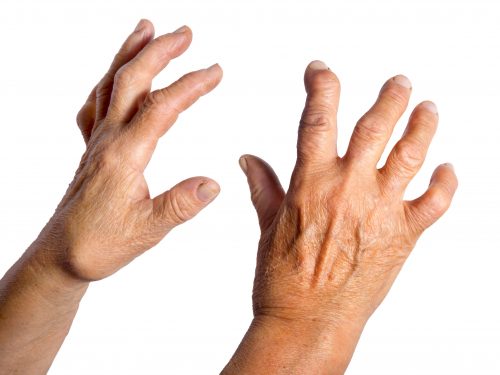Joint Replacement
Joint replacement or arthroplasty is a procedure to replace a damaged joint surface with an implant which still allows some movement in the joint. In the hand, it is usually done for the MCPJ metacarpophalangeal joints (knuckle) or the PIPJ proximal interphalangeal joints (first finger joint), although other joints can be replaced. The joint damage can be due to arthritis, trauma or infection. Joint replacement can help to reduce pain and correct finger deformities.

Joint Replacement SURGERY – facts
| Length of surgery | 1-3 hours |
| Anaesthesia | Regional or general anaesthetic |
| Hospital stay | Day case |
| Risks/complications of surgery | Frequent: Swelling, stiffness, discomfort on movement Infrequent: Infection, bleeding (haematoma), delayed wound healing, painful scar, damage to the nerve, prosthesis failure, adhesions, complex regional pain syndrome |
| Recovery | 6 to 8 weeks resume light activities, such as using a keyboard or writing with a pen |
| Driving | 8-10 weeks |
| Hand position | Elevation above the heart level |
| Follow up | 1 week, 6 weeks, 3 months, 6 months |
| Duration of results | Permanent unless failure |
DOWNLOAD FURTHER INFORMATION
Joint Replacement
Any hand surgery procedure is a personal choice and understandably there are a number of questions that arise. This information sheet is a general guide for patients considering joint replacement under the care of Dr Mackenzie. It should provide the answers to some questions that you may have.
What is a joint replacement?
The hand has multiple small joints that work together to produce motion. When the joints are affected by arthritis, activities of daily living can be difficult. The two most common forms of arthritis from disease are osteoarthritis and rheumatoid arthritis. Joints in the fingers are the articulation between bones with a very specific shape and ligaments to support them as they move. Cartilage covers the ends of bones and provides a smooth gliding surface for the joint.
When arthritis occurs due to disease, the onset of symptoms is gradual, and the cartilage decreases slowly. The joint surfaces and ligaments can wear down causing pain and this operation is undertaken to remove the painful surface. In the operation the damaged bone surfaces are removed and replaced with an artificial one. There are different implant options and different surgical incisions used to get to the joint. Some implants are not designed to withstand strong forces and high demand power grips are not advised.
Sometimes people find using pain medication and adapting tasks is sufficient to alleviate their symptoms. Hand therapy advice is available to find coping strategies, such as changing the way you grip objects, utilizing assistive devices and managing joint pain. Surgeons can offer injections to help manage pain in the joints and may discuss this at appointment.
What are the benefits of a joint replacement?
Pain relief is the main benefit offered by this type of surgery. Most studies show little change to joint movement and strength after the operation. This relief of pain can therefore improve the functional use of the hand. It can improve the look and alignment of the joint.